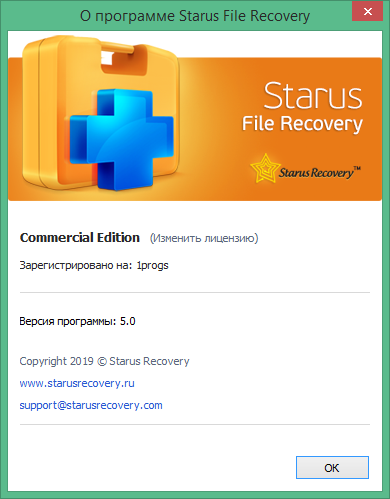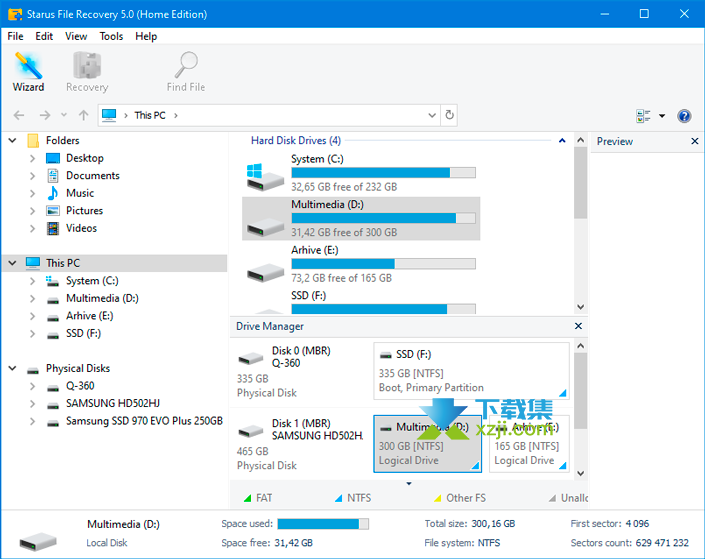
Subscription-based applications"ģ.11.1.2. Subscription-based applications"Ĭollapse section "3.11.1. Create sample application for testing disaster recovery solution"Įxpand section "3.11.1. Create sample application for testing disaster recovery solution"Ĭollapse section "3.11. Create sample application for testing disaster recovery solutionĮxpand section "3.11. Add fencing annotations to DRClustersģ.11. Add node IP addresses to DRClustersģ.10.2. Configure DRClusters for fencing automation"ģ.10.1. Configure DRClusters for fencing automation"Ĭollapse section "3.10. Configure DRClusters for fencing automationĮxpand section "3.10. Creating Disaster Recovery Policy on Hub clusterģ.10. Configuring SSL access across clustersģ.9. Installing OpenShift Data Foundation Multicluster Orchestrator operatorģ.8. Installing OpenShift Data Foundation on managed clustersģ.7. Configuring Red Hat Ceph Storage stretch modeģ.6. Cluster bootstrapping and service deployment with Cephadmģ.5.3. Deploying Red Hat Ceph Storage"Ĭollapse section "3.5. Network configuration requirementsĮxpand section "3.5. Requirements for deploying Red Hat Ceph Storage stretch cluster with arbiter"ģ.4.3. Requirements for deploying Red Hat Ceph Storage stretch cluster with arbiter"Ĭollapse section "3.4. Requirements for deploying Red Hat Ceph Storage stretch cluster with arbiterĮxpand section "3.4. Metro-DR solution for OpenShift Data Foundation"ģ.4. Metro-DR solution for OpenShift Data Foundation"Ĭollapse section "3. Metro-DR solution for OpenShift Data FoundationĮxpand section "3. Disaster recovery subscription requirementģ. Introduction to OpenShift Data Foundation Disaster RecoveryĢ.

Providing feedback on Red Hat documentationġ.

Configuring OpenShift Data Foundation Disaster Recovery for OpenShift Workloads


 0 kommentar(er)
0 kommentar(er)
